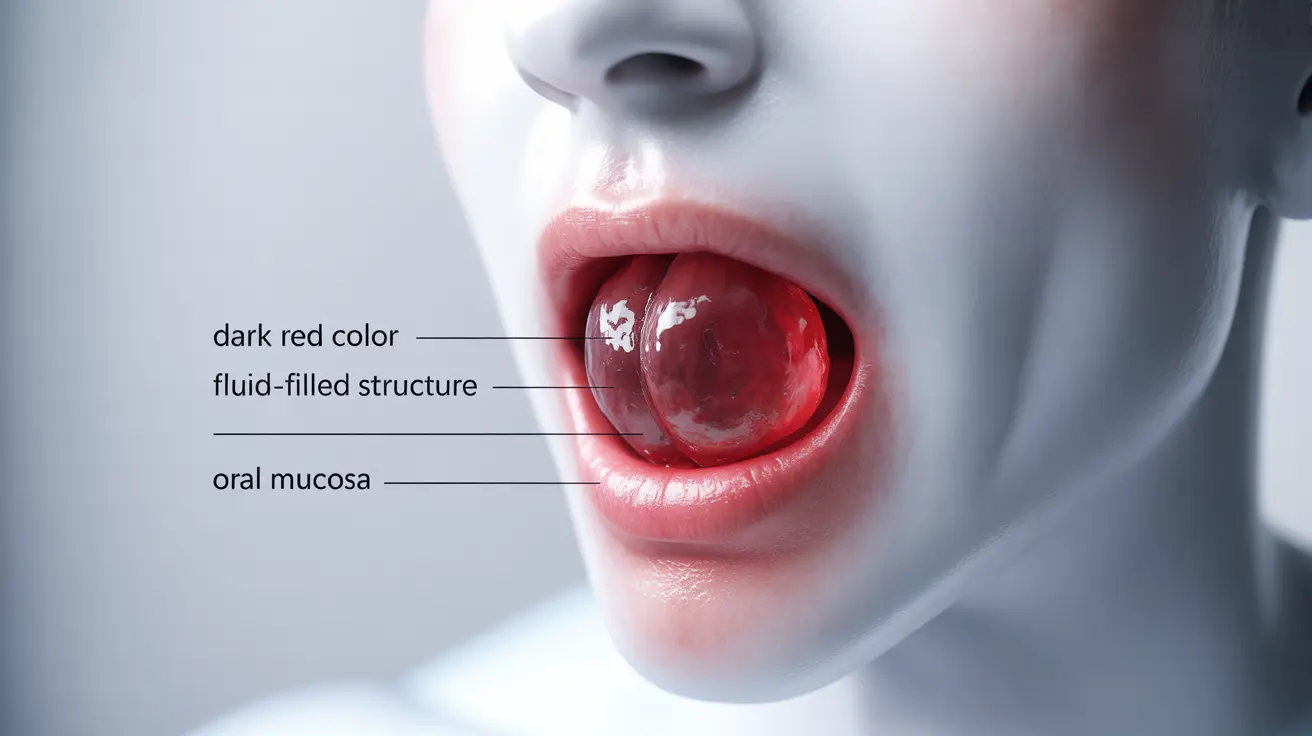Finding a blood blister in your mouth can be both uncomfortable and concerning. These small, fluid-filled pouches contain blood and typically appear after minor trauma or injury to the soft tissues inside the mouth. Understanding what causes these blisters and how to treat them properly can help you manage them effectively and prevent complications.
While most oral blood blisters are harmless and heal on their own within a few days to two weeks, knowing when they might indicate a more serious condition is important for your oral health. This comprehensive guide will help you understand, identify, and properly care for blood blisters in your mouth.
Understanding Oral Blood Blisters
Blood blisters in the mouth occur when small blood vessels near the surface of the oral tissue rupture, creating a pocket filled with blood and other fluids. These blisters commonly appear on the inside of the cheeks, tongue, or lips, where soft tissue is most vulnerable to injury.
Common Causes and Risk Factors
Several factors can contribute to the formation of blood blisters in your mouth:
- Physical trauma (biting your cheek or lip)
- Hot food or beverages causing burns
- Sharp edges on dental work or braces
- Stress-related cheek biting
- Certain medications (especially blood thinners)
- Nutritional deficiencies
- Autoimmune conditions
Identifying Blood Blisters
Blood blisters have distinct characteristics that set them apart from other mouth sores:
- Dark red or purple coloration
- Raised, fluid-filled appearance
- Tender or painful to touch
- Usually singular rather than occurring in clusters
- Soft and movable beneath the surface
Treatment and Home Care
Most blood blisters in the mouth heal naturally without specific treatment. However, you can take several steps to promote healing and prevent infection:
- Apply ice to reduce swelling
- Avoid touching or popping the blister
- Rinse with salt water several times daily
- Use over-the-counter pain relievers if needed
- Eat soft foods to avoid further irritation
- Practice good oral hygiene
Prevention Strategies
To minimize your risk of developing blood blisters in the mouth:
- Chew food carefully and slowly
- Check the temperature of hot foods and beverages
- Address any sharp edges on dental work promptly
- Maintain good oral hygiene
- Consider using a mouth guard if you grind your teeth
- Ensure a balanced diet rich in essential nutrients
Frequently Asked Questions
What causes blood blisters to form inside the mouth?
Blood blisters typically form due to trauma or injury to the mouth's soft tissues, such as accidentally biting your cheek, burning your mouth with hot food, or injury from dental work. They can also develop due to nutritional deficiencies, certain medications, or underlying health conditions.
How can you tell a blood blister in the mouth apart from a cold sore or canker sore?
Blood blisters are dark red or purple and filled with blood, while cold sores are typically clear or yellow and appear in clusters. Canker sores are usually white or yellow with a red border and appear as shallow ulcers rather than raised blisters.
What should I do to treat a blood blister in my mouth and help it heal faster?
To promote healing, avoid touching or popping the blister, rinse with salt water, apply ice to reduce swelling, and maintain good oral hygiene. Most blood blisters will heal naturally within 1-2 weeks without specific treatment.
When should I see a doctor or dentist about frequent or persistent blood blisters in my mouth?
Seek medical attention if blood blisters persist beyond two weeks, recur frequently, are unusually large or painful, or are accompanied by other symptoms such as fever or widespread mouth sores.
Can certain foods or allergies cause blood blisters to appear inside the mouth?
While true allergies rarely cause blood blisters directly, certain foods can contribute to their formation through physical trauma (like sharp foods) or chemical irritation. However, food sensitivities may cause other types of mouth sores that could be confused with blood blisters.




